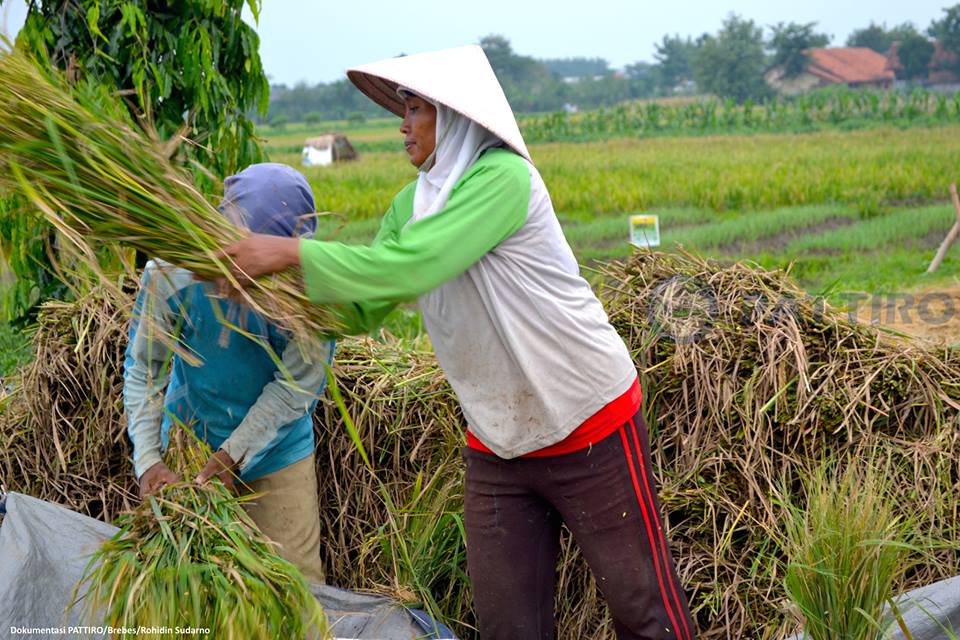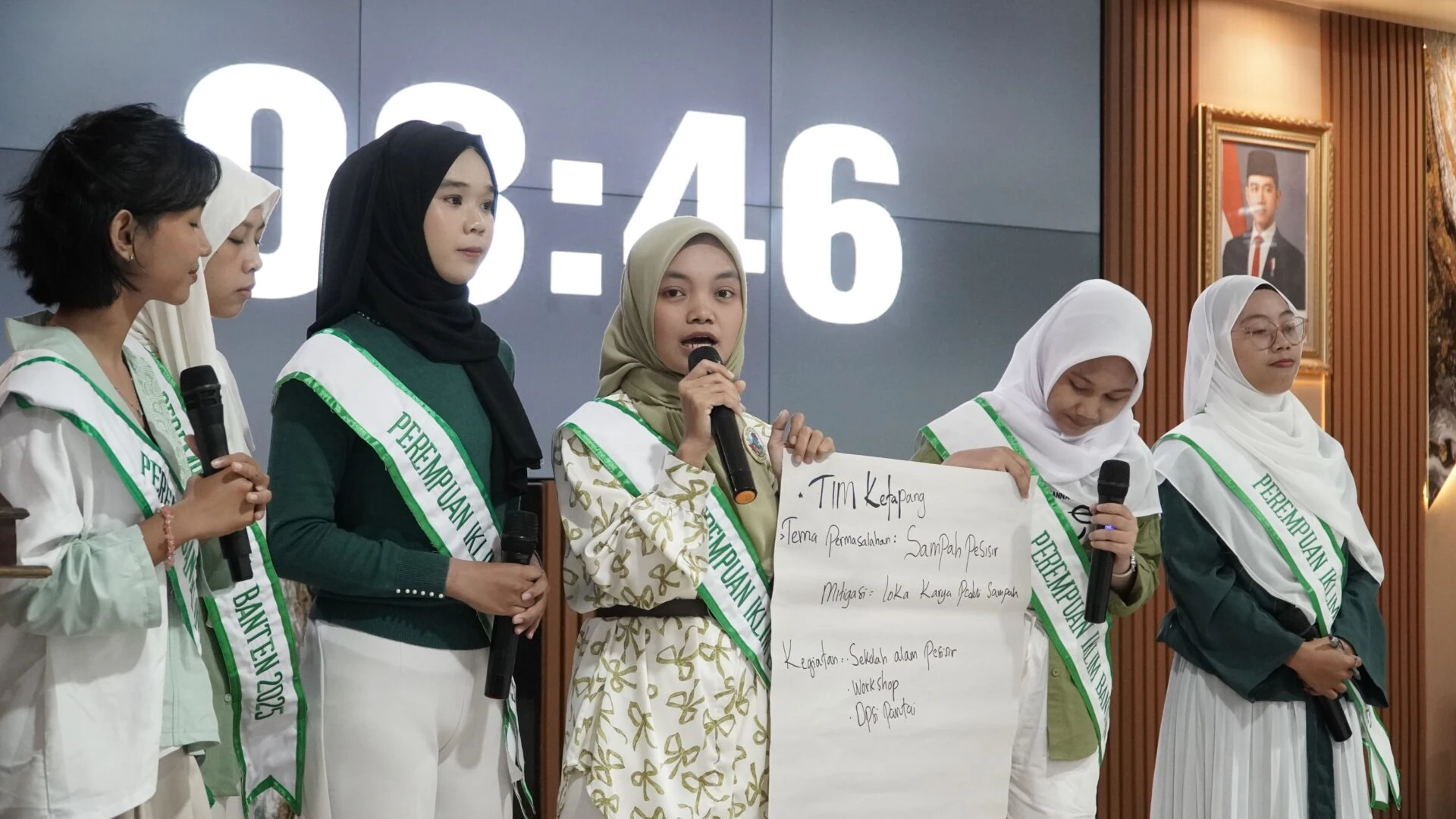
By: I Wayan Nike Suputra*
In old development system, village became an object of development. But, the presence of village law makes village as an actor of development activities. This new system is fear to reduce capability of village authorities to implement village development, particularly the use of village funds. These articles try to provide another way to create development system “village build (desa membangun)” inspired from Australian Community Development and Civil Strengthening Scheme Phase II (ACCESS II) experiences.
Top-down development approach makes citizen depends on the perception that only external party can solve the problem. Citizen will tend to powerless when they face complex problem. Top-down planning is not sensitive with local issues and not on the target in addressing problem face by citizen.
Asset-based approach mentioned as a social approach to empowering village citizen if compare with problem-based approach that tends to make people powerless in dealing with development problems. Village asset is a resource owned by the village citizen to improve the welfare of rural communities. Village-owned enterprises (BUMDesa) can be a village asset to manage village resources with the aim of usefulness.
Bottom-up planning is tends to make citizen depend on government programs to solve their problems. In contrast, top-down planning creates village citizen able to formulate village development planning based on the interest of village issues. Combination of two planning models can give better results by providing assistance and village citizen as a constituent of village development programs. The government can take their role as planning facilitator and NGO assist to guide the planning process (regardless of the presence or absence of NGO in an area).
*The Author is Architectural and Planning Engineering student, Gadjah Mada University who finished internship in PATTIRO




